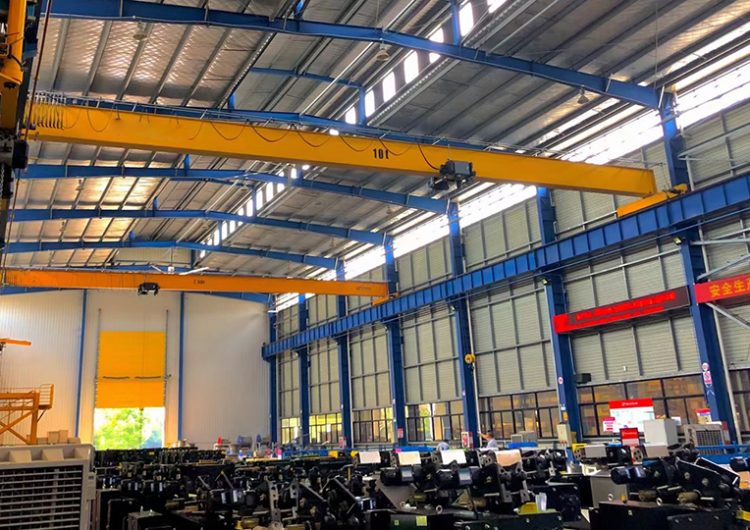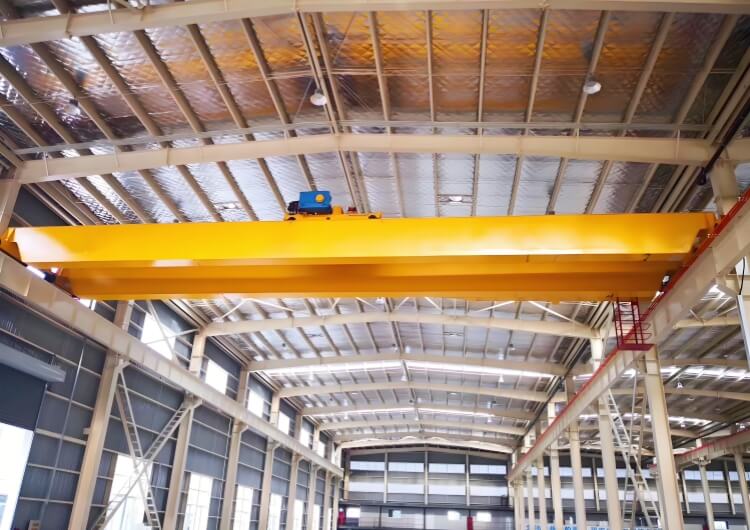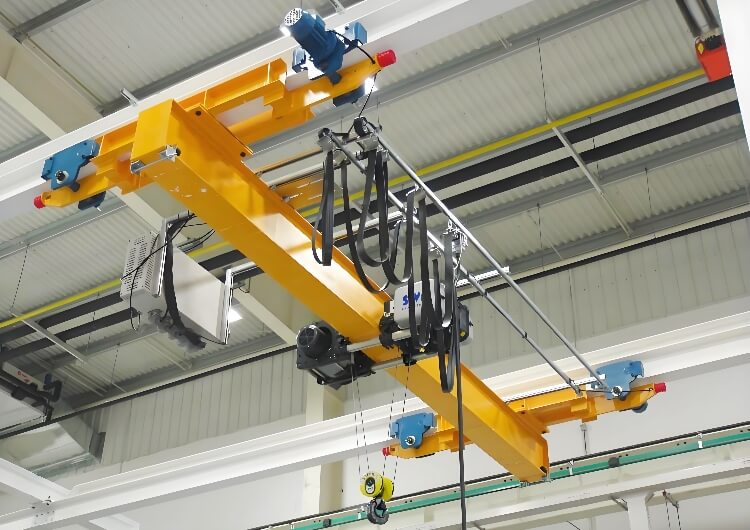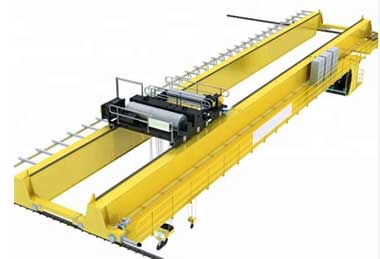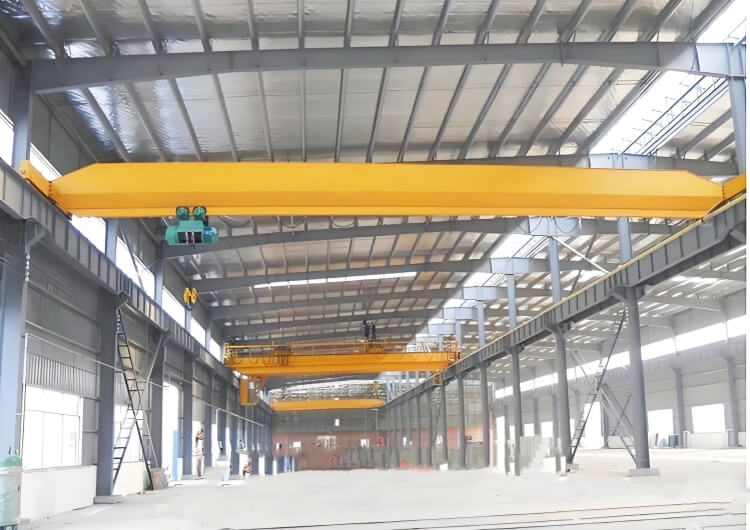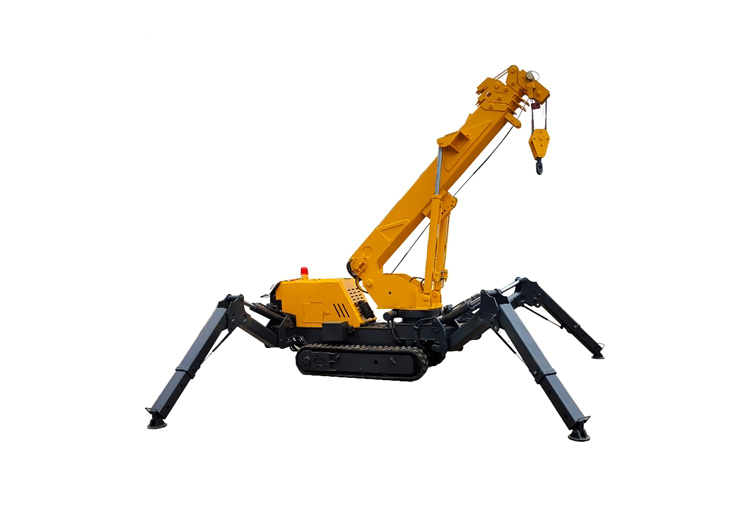Understanding Automated Overhead Cranes: Basics and Benefits
Automated overhead cranes are revolutionizing the material handling industry by enhancing efficiency, safety, and productivity. These advanced systems reduce the burden of manual operations, streamline workflows, and minimize human error. In this article, we will explore the fundamental aspects of automated overhead cranes, their benefits, and the professional services available to support their integration into industrial settings.
Single Girder Crane System
A Single Girder Crane System is an efficient overhead lifting solution featuring a single bridge beam supported by end trucks, with a hoist and trolley for horizontal movement. Ideal for light to medium-duty applications (1-20 tons), it offers space-saving design, lower installation costs, and easy operation
Double Girder Crane System
A Double Girder Crane System is a robust overhead lifting solution designed for high-capacity (up to 550+ tons) and intensive-duty applications. Featuring two parallel bridge beams for superior strength and stability, it excels in steel mills, power plants, and heavy manufacturing
Underslung Crane System
An Underslung Crane System is a unique overhead lifting solution where the crane bridge is suspended from the roof structure, rather than supported by freestanding runway beams. This space-efficient design is ideal for facilities with low headroom requirements or where floor space needs to be maximized.
FEM Standard Crane System
The FEM Standard Crane System is engineered to meet the rigorous FEM (Fédération Européenne de la Manutention) design codes, ensuring optimal safety, durability, and performance for industrial lifting applications. These cranes are classified by duty groups (1A-7M) based on usage intensity, allowing precise selection for your operational needs.
What is an Automated Overhead Crane?
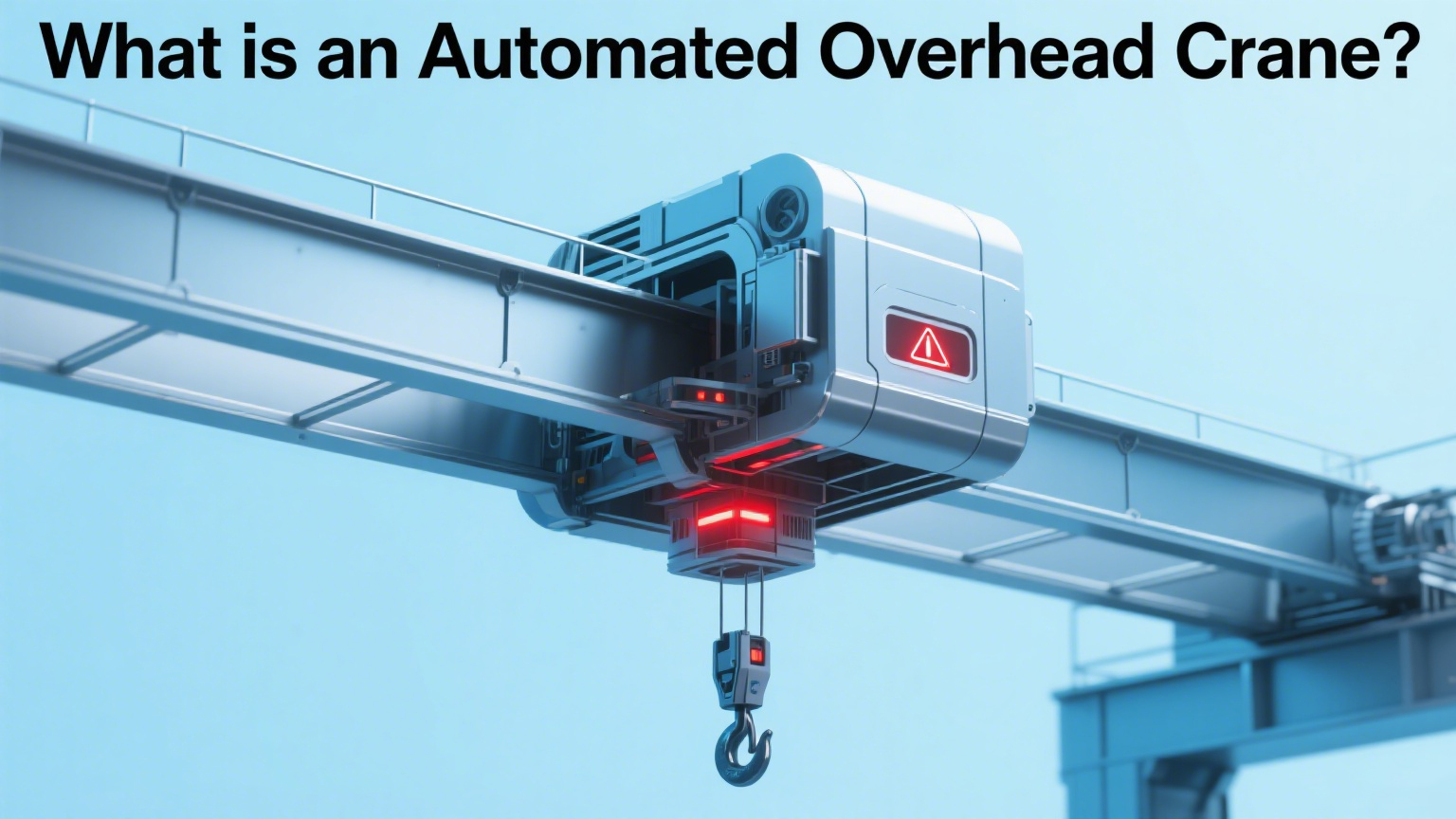
Definition and Functionality
An automated overhead crane, often referred to as an Automated Crane System (ACS), is designed to operate without direct human intervention. These cranes utilize advanced technology such as sensors, actuators, and sophisticated software to perform lifting and moving tasks efficiently. The automation can range from semi-automated systems, where operators assist with certain functions, to fully automated operations that require no human input.
Key Components
Automated overhead cranes typically consist of several key components, including:
- Control Systems: These systems manage the crane’s operations, integrating various sensors and controls to ensure precise movements.
- Drive Mechanisms: Electric motors and gear systems that provide the lifting and traversing functions.
- Safety Features: Enhanced safety mechanisms, including anti-collision systems and load monitoring, to prevent accidents.
Benefits of Automated Overhead Cranes
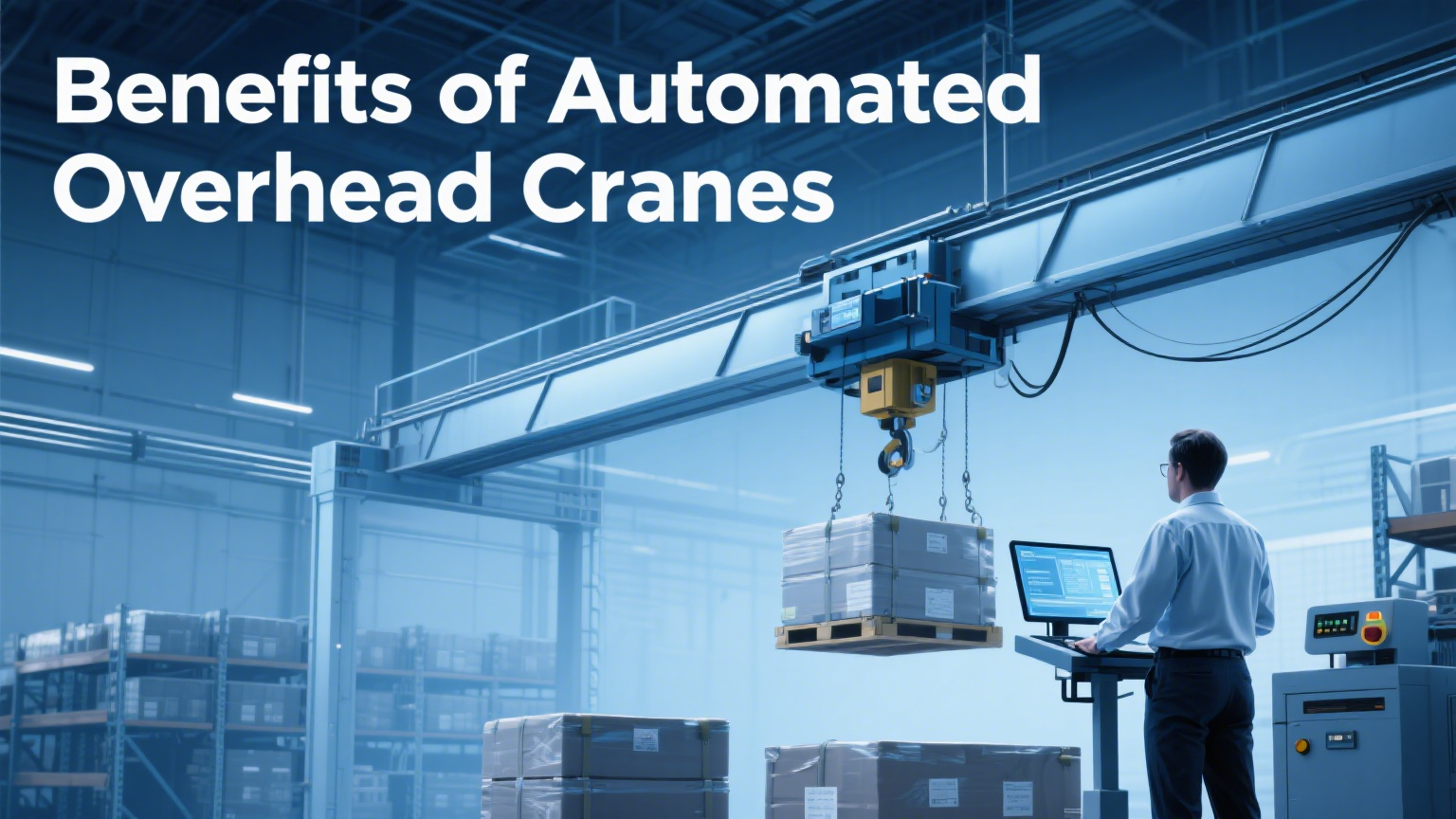
Increased Efficiency
Automated overhead cranes can significantly enhance operational efficiency. They optimize material handling processes by:
- Reducing the time required for loading and unloading materials.
- Enabling seamless integration with other automated systems like conveyor belts and automated storage solutions.
Enhanced Safety and Reliability
By minimizing human intervention, automated cranes reduce the risk of workplace accidents. They come equipped with advanced safety features, including:
- Real-time monitoring systems that track load weights and movements.
- Built-in alarms and emergency shut-off systems to ensure safe operations.
Cost Savings
While the initial investment in automated overhead cranes may be higher than traditional systems, the long-term savings are substantial:
- Decreased labor costs as fewer operators are needed.
- Reduced maintenance costs and decreased downtime due to optimized performance and reliability.
Implementing Automated Overhead Crane Systems
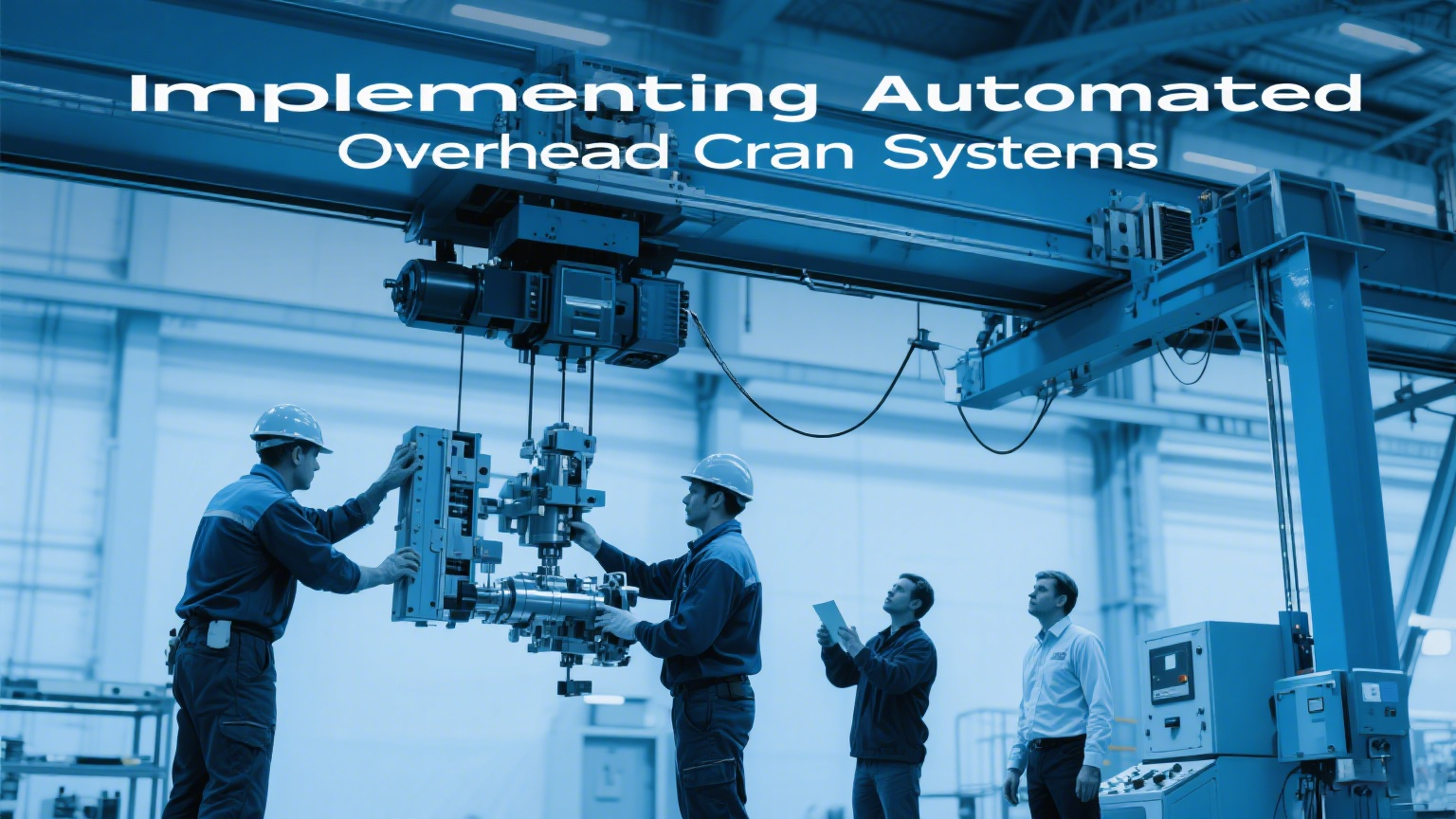
System Integration
Integrating automated overhead cranes into existing operations requires careful planning and execution. Here are some considerations:
- Assessment of Operational Needs: Conduct a thorough evaluation of your current material handling processes to identify areas where automation can improve efficiency.
- Choosing the Right Equipment: Selecting the appropriate crane system based on load requirements, facility layout, and workflow is crucial. Consider working with experts to ensure the best fit.
Professional Services
At SLKJ Crane, we specialize in supplying and integrating automated overhead crane systems. Our comprehensive services include:
- Custom Design Solutions: We provide tailored solutions to meet your specific operational needs.
- Installation and Training: Our experienced engineers will oversee the installation of your automated crane system and provide training to your staff for optimal operation.
- Ongoing Support and Maintenance: We offer regular maintenance checks and support services to ensure your automated system operates smoothly and efficiently.
Conclusion: The Future of Material Handling
The rise of automated overhead cranes represents a significant advancement in the material handling industry. With benefits including increased efficiency, enhanced safety, and long-term cost savings, investing in automated systems can transform your operational capabilities.
If you are interested in upgrading to an automated overhead crane system or wish to learn more about the available options, SLKJ Crane is here to help. Our team of professionals is dedicated to providing you with the expertise and support needed to enhance your material handling processes. Contact us today to discover how we can assist you in achieving your automation goals!
Contact Us Now
Have questions about our cranes or need help?
Reach out to our friendly team for expert support and guidance.
We are here to help you power your journey towards a greener future !
Address: Crane Industry Park, Xinxiang City Henan Provice

